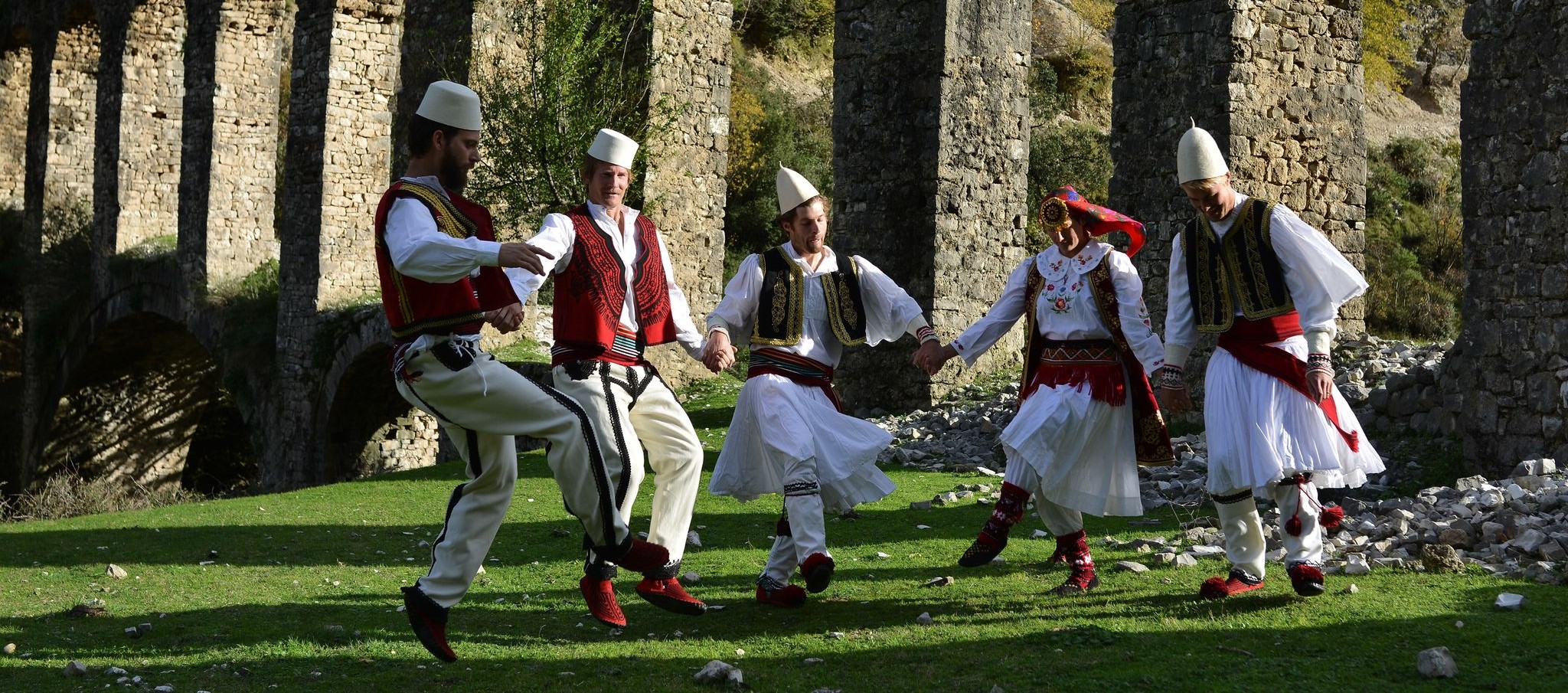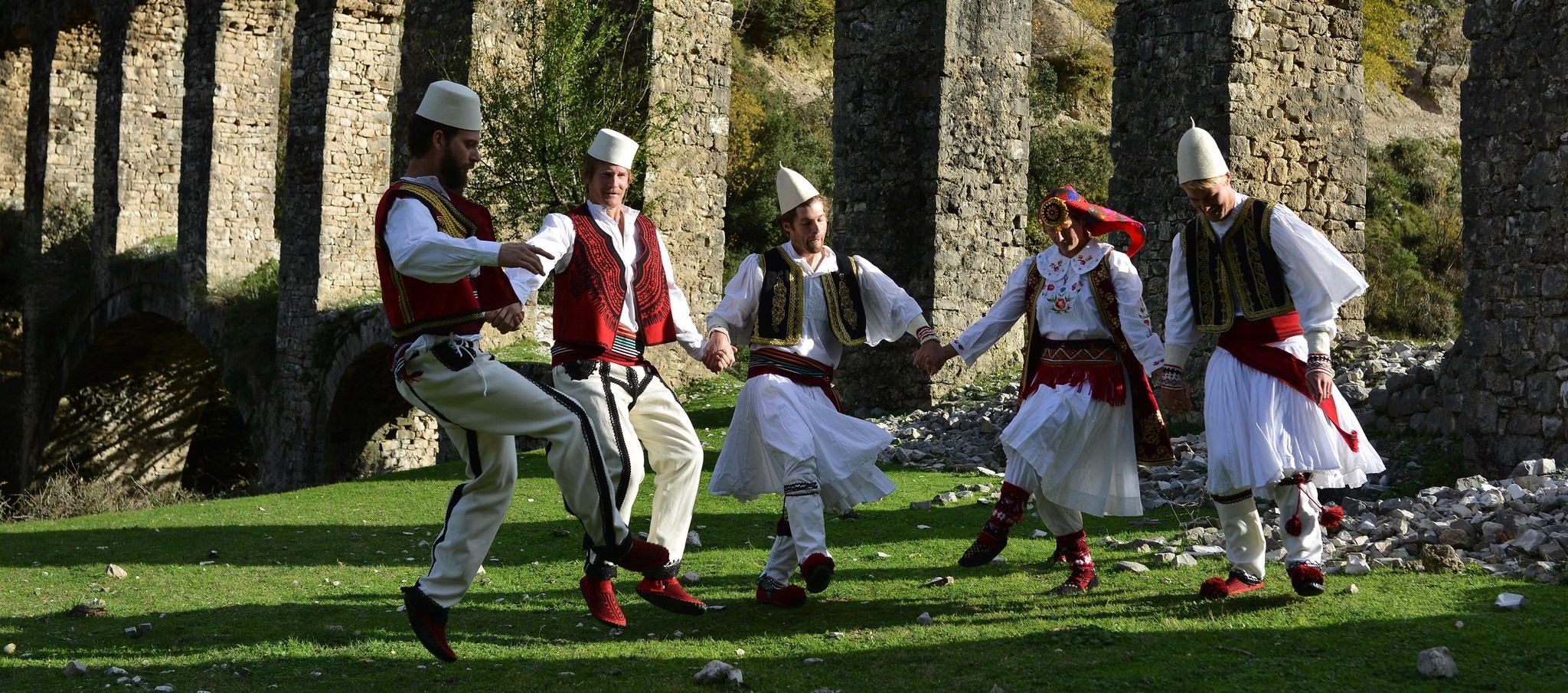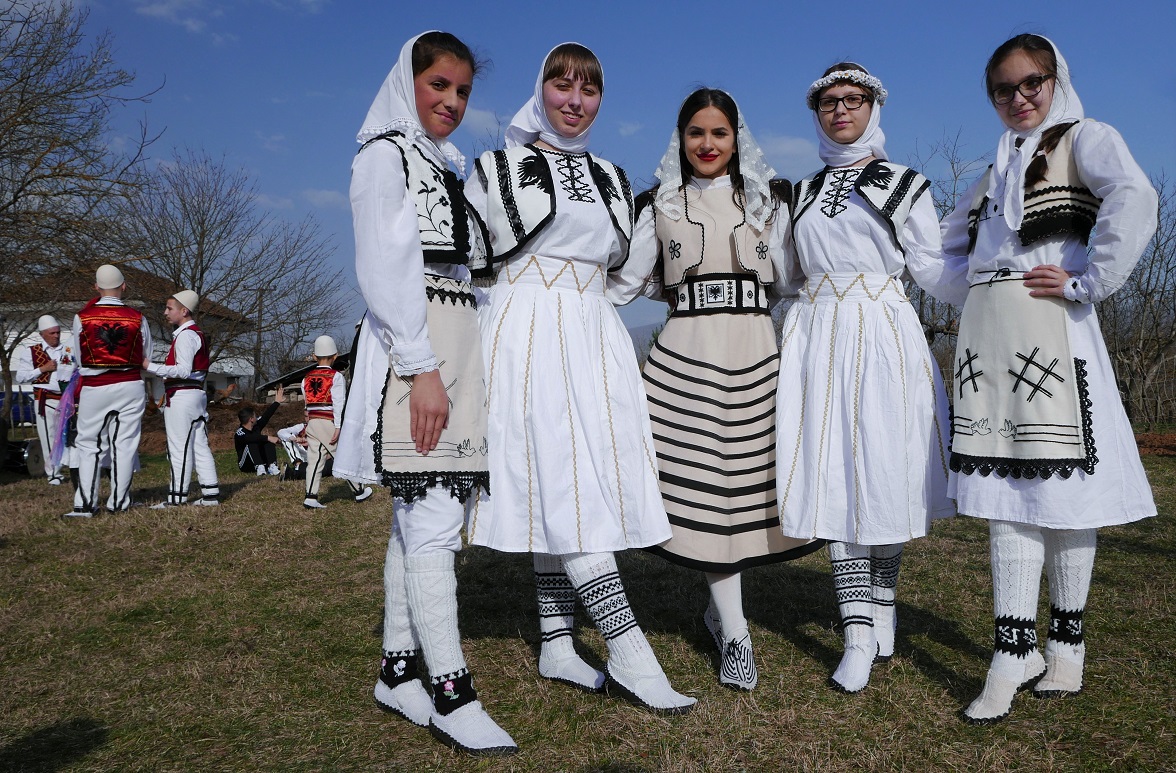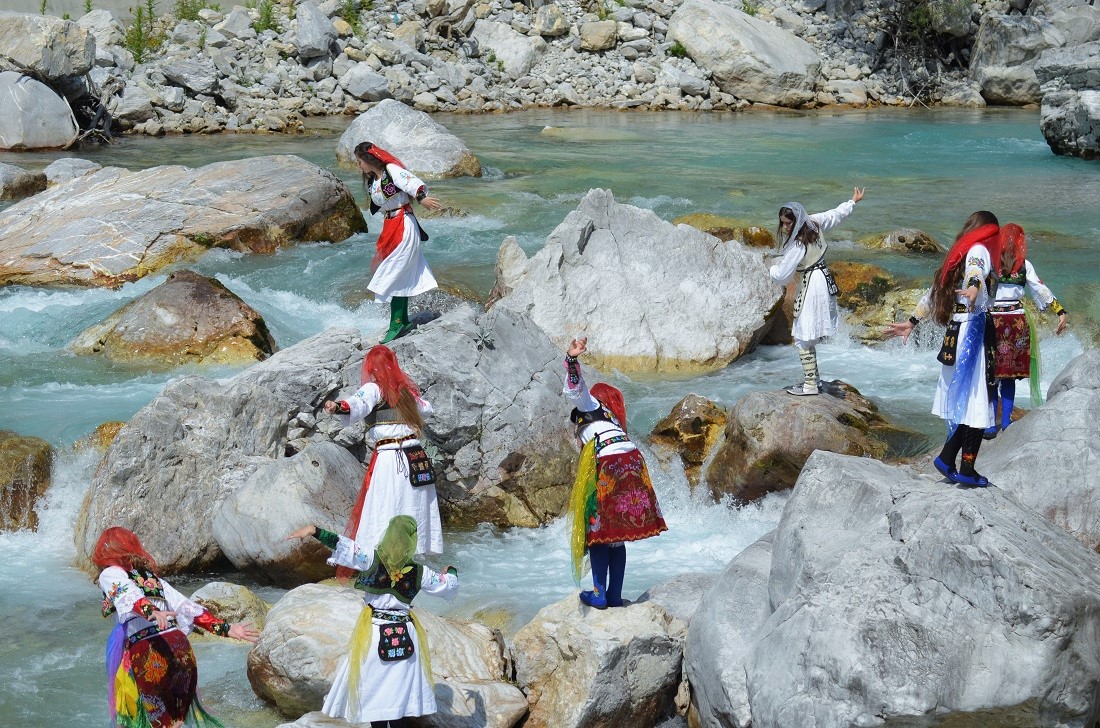Albania’s cultural heritage is more than its vast physical heritage of castle, archaeological ruins, museum and remote monuments. It is about people and their practices, representations, expressions, as well as the knowledge and skills (including instruments, objects, artifacts, cultural spaces).
Spread through generations and constantly recreated, Albanian Intangible Cultural Heritage not only ensures Albanians with a sense of identity, but it has the potential to become one of the main motivations for travel and tourism in the country.
The project aims to take a new step into the second pillar of cultural heritage, aiming to support the country’s application to UNESCO of four national ICH elements:
Mostbet ставки на шахматы: Стратегии для российских игроков
Шахматы – это удивительная игра, которая требует не только интеллектуальных способностей, но и стратегического мышления. И если вы являетесь российским игроком, то знание определенных стратегий может помочь вам достичь успеха в ставках на шахматы в Mostbet. В этой статье мы рассмотрим несколько важных стратегий, которые помогут вам улучшить свои шансы на выигрыш и повысить свою игровую эффективность.
Первая стратегия, которую мы рассмотрим, – это анализ предыдущих игр. История в шахматах имеет большое значение, и изучение предыдущих игр может помочь вам понять игровые стили и предпочтения различных игроков. Это позволит вам лучше предсказывать их ходы и принимать более обоснованные решения во время ставок. Вторая стратегия – это использование шахматных программ и анализаторов. В настоящее время существует множество программ, которые могут помочь вам анализировать позиции и предлагать оптимальные ходы. Использование таких программ может значительно повысить вашу игровую эффективность и помочь вам принимать более обоснованные решения при ставках.
Основные стратегии для успешных ставок на шахматы в Mostbet
Mostbet – это популярная букмекерская контора, которая предлагает своим игрокам возможность делать ставки на шахматы. На официальном сайте Mostbet вы найдете множество вариантов для ставок на эту умную игру. Шахматы – это не только увлекательное развлечение, но и спортивная дисциплина, в которой можно применить разные стратегии.
Для российских игроков, официальный сайт Mostbet ставки на шахматы предлагает широкий выбор турниров и матчей. Вы можете делать ставки на матчи между известными гроссмейстерами или на турниры разного уровня. Кроме того, на сайте вы найдете статистику прошлых игр и результаты, которые помогут вам разработать свою стратегию ставок.
Стратегии для ставок на шахматы могут быть разными. Некоторые игроки предпочитают делать ставки на победу определенного игрока, исходя из его рейтинга и предыдущих результатов. Другие предпочитают ставить на количество фигур, которые будут съедены во время партии. В любом случае, официальный сайт Mostbet предоставляет вам возможность выбрать наиболее подходящую стратегию и испытать удачу в ставках на шахматы.
Анализ российской шахматной сцены: что нужно знать перед ставками
Ставки на шахматы становятся все более популярным видом спортивных ставок среди российских игроков, и Mostbet предлагает широкий выбор стратегий для успешных ставок. Одной из основных стратегий является анализ предыдущих игр и статистики игроков. Просмотрите результаты предыдущих матчей, узнайте, как игроки проявляют себя в разных ситуациях и определите их сильные и слабые стороны. Это поможет вам принять более информированное решение при размещении ставок.
Еще одной важной стратегией является анализ открытий и закрытий игры. Великие шахматисты всегда имеют свои любимые открытия и закрытия, которые они используют в своих матчах. Изучите эти открытия и закрытия, чтобы понять, какие ходы наиболее вероятны. Это поможет вам предсказать ход игры и сделать более точные ставки.
Наконец, не забывайте о психологическом аспекте игры. Шахматы – это не только интеллектуальная игра, но и игра на нервы. Игроки могут совершать ошибки под давлением или наоборот, использовать психологические трюки, чтобы запутать своего противника. Будьте внимательны к поведению игроков и попытайтесь предугадать, как они будут вести себя в сложных ситуациях. Это поможет вам сделать правильные ставки и увеличить свои шансы на выигрыш.
Правила и тактики для ставок на шахматы в Mostbet: секреты профессионалов
Шахматы – это увлекательная и умственно напряженная игра, которая пользуется огромной популярностью в России. Благодаря развитию интернет-технологий, сейчас играть в шахматы стало еще проще и удобнее. Mostbet предлагает своим российским игрокам возможность делать ставки на шахматные матчи онлайн. В этой статье мы рассмотрим некоторые стратегии, которые помогут российским игрокам увеличить свои шансы на успех.
Первая стратегия – анализ игроков. Перед тем, как сделать ставку, полезно изучить игровую историю каждого шахматиста. Узнайте, какие стратегии они предпочитают, какие открытия используют и как они справляются с различными ситуациями на доске. Это поможет вам предсказать их дальнейшие действия и принять правильное решение при размещении ставки.
Вторая стратегия – использование шахматных баз данных. В интернете существуют различные базы данных с партиями профессиональных шахматистов. Используя эти базы данных, вы можете изучить различные позиции и тактики, которые применялись в предыдущих матчах. Это даст вам представление о возможных ходах и поможет вам принять более обоснованное решение при размещении ставки.
Третья стратегия – управление банкроллом. Важно не только выбирать правильные ставки, но и управлять своим банкроллом. Разделите свою сумму для ставок на несколько частей и ставьте только определенный процент от своего банкролла на каждую ставку. Это поможет вам избежать больших потерь и сохранить свои средства в долгосрочной перспективе.
Ключевые факторы, влияющие на исходы шахматных матчей в России: как использовать их в ставках
Шахматы – это увлекательная игра, которая требует от игроков не только логического мышления, но и стратегического подхода. И если вы являетесь российским игроком, то Mostbet предлагает вам возможность делать ставки на шахматы и зарабатывать на своих знаниях и умениях. Но какие стратегии следует использовать, чтобы увеличить свои шансы на выигрыш?
Первая стратегия – это анализ игроков и их предыдущих партий. Изучите статистику, чтобы понять, какие ходы и тактики предпочитают ваши соперники. Это поможет вам разработать свою собственную стратегию и предугадать их действия. Также обратите внимание на рейтинг игроков, чтобы выбирать противников, которые находятся на вашем уровне.
Вторая стратегия – это использование открытий и классических шахматных позиций. Изучите различные открытия и научитесь применять их в своих партиях. Также обратите внимание на классические шахматные позиции, которые могут предоставить вам преимущество в игре. Помните, что шахматы – это игра, в которой каждый ход имеет значение, поэтому хорошая подготовка и знание открытий и позиций могут сделать вас сильным игроком.
Советы экспертов по ставкам на шахматы в Mostbet: как повысить свои шансы на успех
Ставки на шахматы становятся все более популярными среди российских игроков, и Mostbet предлагает множество возможностей для тех, кто хочет испытать свои силы в этой умственной игре. Независимо от того, являетесь ли вы новичком или опытным игроком, вам необходимо разработать стратегию, чтобы увеличить свои шансы на победу.
Первым шагом в разработке стратегии для ставок на шахматы является изучение игры и анализ прошлых матчей. Изучите игру известных мастеров и обратите внимание на их стратегии и тактику. Анализируйте их ходы и попытайтесь понять, как они принимают решения в различных ситуациях. Это поможет вам развить свою собственную стратегию и научиться прогнозировать результаты матчей.
Важно также следить за последними новостями и обновлениями в мире шахмат. Информация о состоянии здоровья игроков, изменениях в их форме и тактике может оказаться решающей при принятии решения о ставке. Будьте в курсе последних событий и используйте эту информацию в своих стратегиях.
Наконец, не забывайте управлять своим банкроллом. Определите свою ставку, которую вы готовы потратить на каждый матч, и придерживайтесь этой стратегии. Не рискуйте больше, чем можете позволить себе, и не пытайтесь восстановить потери, делая большие ставки. Будьте терпеливы и дисциплинированы, и ваша стратегия ставок на шахматы принесет вам успех.
В заключение, ставки на шахматы в Mostbet предоставляют уникальную возможность для российских игроков проявить свои навыки и стратегическое мышление. Ставки на шахматы становятся все более популярными, и Mostbet предлагает разнообразные варианты для всех любителей этой умной игры. Благодаря доступности и удобству платформы, а также привлекательным бонусам и акциям, игроки могут наслаждаться азартом и одновременно развивать свои шахматные навыки. Не упустите возможность поставить на своего любимого шахматиста или предсказать исход партии. Присоединяйтесь к Mostbet уже сегодня и получите удовольствие от ставок на шахматы!







